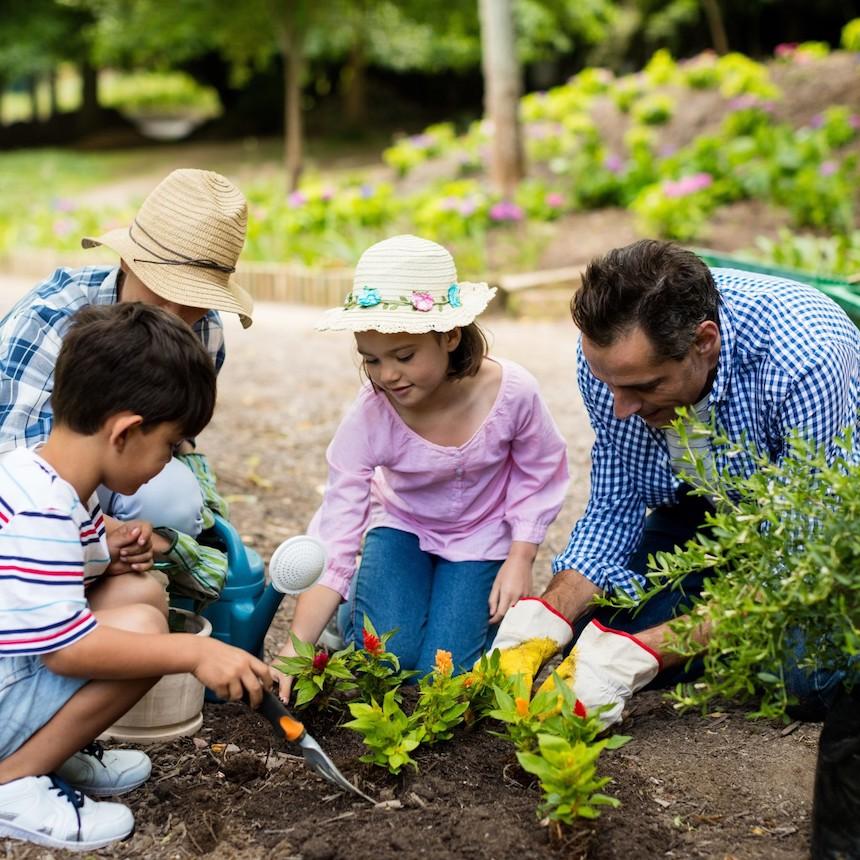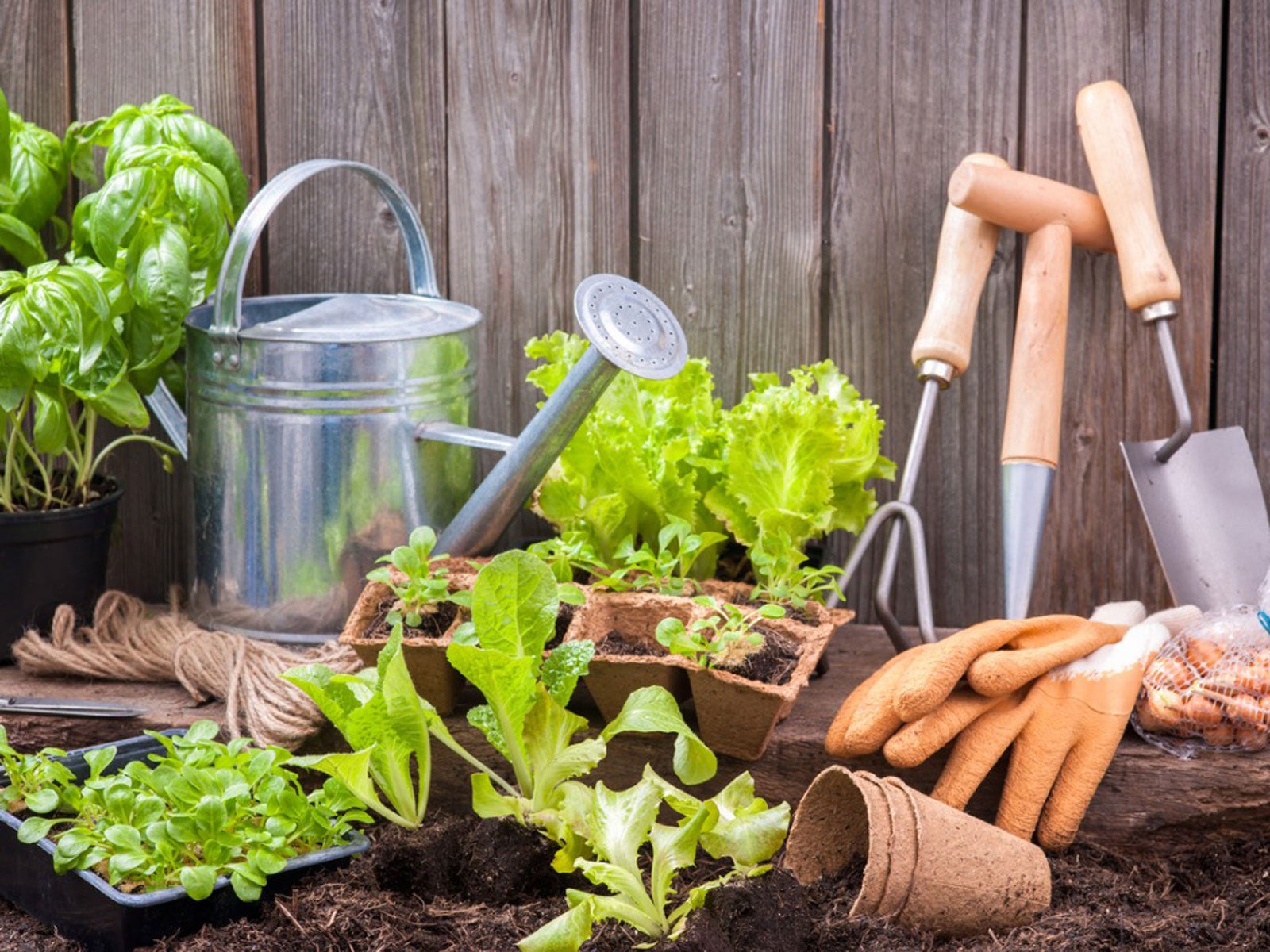Expert Gardening Tips for Creating a Lasting and Eco-Friendly Yard
Getting started on the journey to produce a eco-friendly and sustainable yard entails a series of purposeful selections and techniques that not only enhance the appeal of your room but likewise add favorably to the setting. To uncover more experienced understandings and practical methods, allow us discover the key aspects that specify an eco conscious garden.
Select Indigenous Plants
Picking indigenous plants for your yard is a fundamental step toward accomplishing sustainability. Native plants are inherently adapted to the regional environment and soil problems, making them a lot more resistant to local parasites and conditions. This reduces the need for chemical pesticides and fertilizers, thus reducing ecological effect. In addition, indigenous plants typically require less water once developed, adding to extra reliable water usage.
Beyond their sensible benefits, native plants play a vital function in sustaining neighborhood biodiversity. They offer important habitat and food resources for indigenous wildlife, including pollinators such as butterflies, birds, and . This fosters a well balanced ecological community, which is crucial for the health and wellness of your garden and the surrounding setting.

Implement Water Conservation
Applying water preservation strategies is crucial for keeping a lasting yard. Effective water usage not only lowers the environmental impact but additionally makes certain that plants obtain appropriate hydration without waste.
Additionally, mulching is an important practice for conserving water. By using a layer of natural mulch, such as wood chips or straw, around the base of plants, gardeners can decrease dirt evaporation and maintain regular dampness levels. Mulch additionally assists control soil temperature level and reduces weed growth, further adding to plant wellness.
Rain harvesting is another sustainable approach. Installing rain barrels or other collection systems permits gardeners to capture and save rain, which can later on be used throughout dry durations. This not just conserves metropolitan water however also gives an all-natural, chemical-free source for watering.
Finally, selecting drought-tolerant plant varieties can substantially minimize water requirements. These plants are adjusted to flourish in low-water problems, making them optimal for environmentally friendly yards. gardening tips. Executing these water conservation approaches will cultivate a durable, lasting garden
Use Organic Gardening Methods

Pest management in an organic garden relies on integrated pest administration (IPM) methods. These include encouraging helpful pests, making use of all-natural killers like lacewings and ladybugs, and carrying out plant rotation to interrupt pest life cycles. Companion growing, where certain plants are expanded together to ward off insects or attract advantageous insects, is an additional reliable method.
Weed control is handled through mulching and hand-operated elimination, instead of relying upon herbicides. Mulch not just reduces weeds however also preserves dampness go to this web-site and enhances soil health as it damages down. Organic composts, such as straw, wood chips, and leaves, are especially useful.
Produce Wildlife Habitats
Producing wildlife environments within your yard not only improves biodiversity however likewise sustains the ecological community's equilibrium. Begin by including indigenous plants, as these are well-suited to your neighborhood environment and provide essential food and sanctuary for wildlife.
Think about adding a water function, such as a fish pond or birdbath, to provide a regular water source. Water components bring in a variety of types, from amphibians to pollinators, enhancing the yard's vitality. In addition, installing birdhouses, bat boxes, and insect resorts offers risk-free nesting websites and motivates biodiversity.
Leave some locations of your garden undisturbed, allowing leaf clutter and fallen branches to collect. By focusing on these lasting methods, your yard can become a refuge for try this website regional wildlife, promoting ecological health and sustainability.
Technique Composting and Mulching
A key aspect of sustainable horticulture, composting and mulching, dramatically boosts dirt health and wellness and decreases waste. Composting involves reusing organic products such as cooking area scraps, yard cuttings, and leaves. These materials decompose to form nutrient-rich garden compost, which functions as a natural plant food. Unlike artificial plant foods, compost enriches the dirt with useful microorganisms and crucial nutrients, promoting a healthier yard environment.
Mulching, on the other hand, entails covering the soil surface area with natural or inorganic materials, such as straw, timber chips, or shredded leaves. This technique provides numerous advantages: it saves dirt moisture, reduces weed growth, and moderates soil temperature level. Mulch likewise progressively breaks down, adding natural matter to the soil and more enhancing its fertility.
To practice efficient composting, guarantee your garden compost heap has a balance of green materials (abundant in nitrogen) and brownish products (abundant in carbon), maintaining sufficient oygenation and dampness. gardening tips. Routinely turning the stack speeds up disintegration. For mulching, use a 2-3 inch layer around plants, ensuring it does not directly contact stems or trunks to avoid rot
Verdict

Choosing indigenous plants for your garden is a fundamental action toward attaining sustainability.Moreover, incorporating indigenous plants can enhance the visual appeal of your garden. read review These plants are adapted to prosper in low-water problems, making them perfect for green yards. Implementing these water preservation techniques will foster a durable, sustainable yard.
In conclusion, establishing a environment-friendly and lasting garden includes the critical selection of native plants, the adoption of water preservation strategies, and the implementation of organic horticulture approaches.